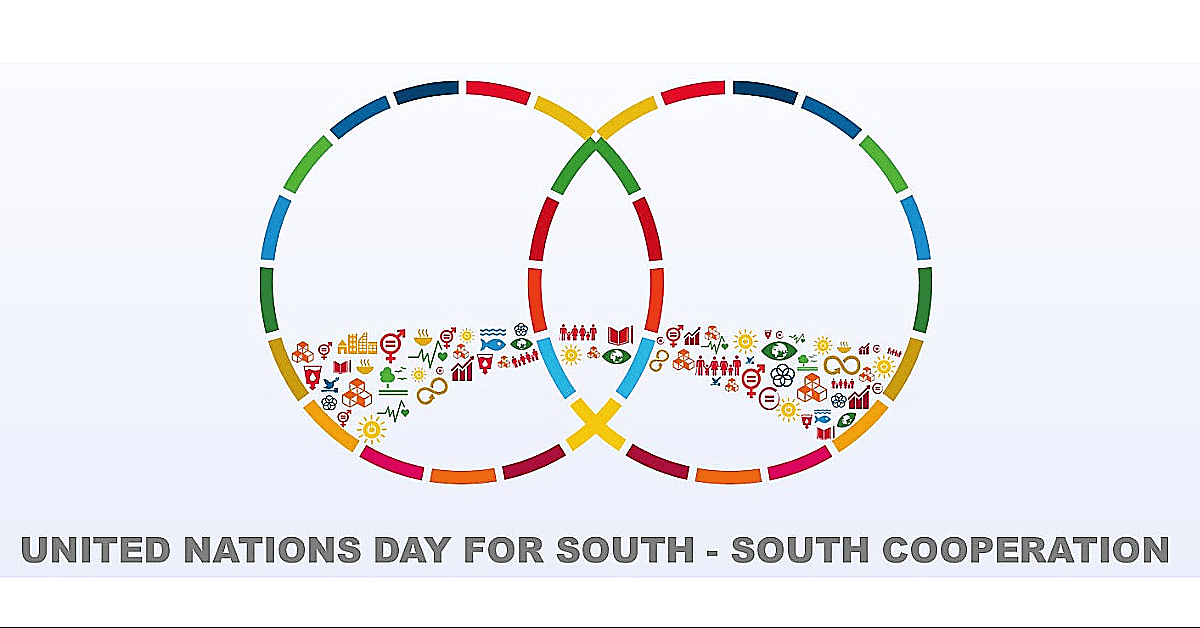The International Day for South-South Cooperation is annually observed on September 12 to emphasize the significance of collaborative efforts among developing countries in the Global South. This day encourages economic, social, and technical cooperation to promote shared development goals.
Also Read: Taylor Swift’s Style Evolution
Why is September 12 Important?
- Originally, South-South Cooperation Day was observed on December 19. However, in 2011, the United Nations General Assembly (UNGA) changed the observance to September 12, marking the historic adoption of the Buenos Aires Plan of Action (BAPA) in 1978. This plan laid the foundation for promoting and implementing technical cooperation among developing countries.
- September 12 was chosen to commemorate the Global South Conference in Buenos Aires, Argentina, where 138 nations endorsed the BAPA, a major milestone for South-South Cooperation.
Theme for 2024: “A Better Tomorrow through South-South Cooperation”
- The 2024 theme, “A Better Tomorrow through South-South Cooperation,” highlights how South-South Cooperation (SSC) acts as a critical tool for building solidarity, exchanging knowledge, and fostering partnerships among Low- and Middle-Income Countries (LMICs).
- This theme underscores the value of SSC in supporting the development aspirations of nations across the Global South.
The Role of UNOSSC and the Birth of South-South Cooperation
- The United Nations Office for South-South Cooperation (UNOSSC), initially formed in 1974, plays a pivotal role in fostering South-South and Triangular Cooperation (SSTC).
- In 2013, this office became a specialized unit under the United Nations Development Programme (UNDP), with a mission to promote global technical cooperation among developing countries.
- UNOSSC’s South-South Galaxy, launched in 2019, is a vital platform that facilitates knowledge-sharing and partnership, showcasing over 950 solutions from 190 countries and 600 organizations.
Objectives and Benefits of South-South Cooperation

- Self-Reliance: SSC aims to enhance the self-reliance of developing countries, empowering them to tackle challenges through cooperative efforts.
- Knowledge Exchange: Through SSC, countries in the Global South share knowledge and experiences, creating a powerful network for mutual growth.
- Addressing Global Needs: SSC is designed to help the least developed and crisis-affected nations, ensuring they can participate more actively in global economic activities.
- Sustainable Development Goals (SDGs): SSC is integral to achieving SDG 17, which focuses on revitalizing global partnerships for sustainable development. It also supports SDG 11, aiming to make cities inclusive, safe, and resilient.
South-South Cooperation: A Pathway to a Better Future
The International Day for South-South Cooperation 2024 on September 12 is a reminder of the power of unity among developing countries. SSC contributes to fostering economic resilience, building innovative solutions, and promoting inclusive growth. As we move towards a better tomorrow, SSC plays a central role in shaping a more equitable global economy.
Read More: Top 7 Weight Loss Myths that are Holding You Back

